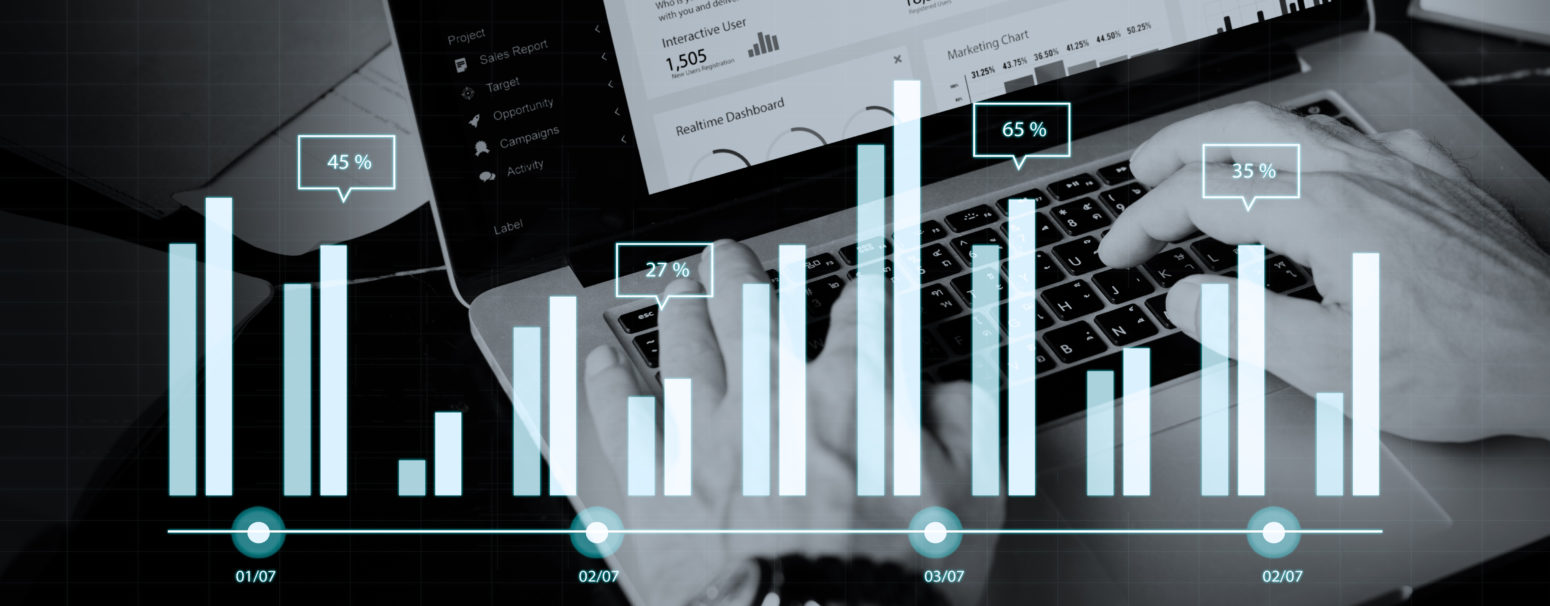
26 Feb 7 Ways Data and Analytics are Changing Healthcare
Today, the healthcare industry is changing and progressing at a rapid pace. Managing patient care in the current environment has become increasingly complex. There has been a need for healthcare providers to adopt newer and more innovative technologies. With those technologies has come a need for new approaches. One change that is becoming increasingly important is the use of data and analytics within the healthcare sector.
While data and analytics are rapidly achieving prominence across many sectors, they are especially relevant within the healthcare industry. Research has shown big data use within the healthcare sector will reach $34.27 billion within the next four years.
So, how can data and analytics help improve the healthcare services that practitioners provide?
1. Cost Reductions
Data and analytics are an effective way to save money. Predictive analytics determine hospital admission rates to help allocate staff efficiently. Over the next five years, predictive analytics will save healthcare organizations at least 25 percent of their annual costs.
2. Helping Patients at High Risk
Digitized hospital records enable healthcare organizations to analyze and understand patients’ health patterns so that issues can be quickly identified, leading to to improved patient care. By checking in on high-risk patients, a healthcare organization can provide customized care.
3. Guarding Against Human Error
The chance of professionals making an error when prescribing or dispatching medication will be greatly reduced thanks to big data. Healthcare organizations can analyze and corroborate user data to spot incorrect prescriptions before physicians dispense them. As a result, healthcare organizations can prevent potential problems. When patients are dispensed the wrong medication, healthcare organizations run the risk of legal action. Patients can become ill or die as a result of incorrect medication. The consequences of human error can be extremely serious both for patients themselves and healthcare organizations.
4. Drug Development
Bringing a new drug to the market is a lengthy, expensive, and complex process. Thanks to technological innovation, researchers can now employ new algorithms to run simulations. As a result, they can accelerate the discovery and development of drugs while reducing the costs and risks of development.
5. Tailored Medicine
Data and analytics allow healthcare organizations to identify approaches to treat specific patients depending on their lifestyles, environment, and genetics. By analyzing complex data sets, the latest technology can develop precise treatments tailored to each patient’s needs. Patients will benefit from better care while practices reduce costs, avoiding treatments that would prove ineffective.
6. Tracking Patient Health
Identifying a potential health problem before it gets out of hand lies at the heart of effective preventative healthcare. In the past, insufficient data have meant healthcare organizations have missed opportunities to prevent situations from arising. However, data and analytics allow for effective tracking of patient health. Institutions can track patient statistics and vitals more easily. From patient heart rates and sleeping habits to glucose and blood pressure levels, they can easily monitor characteristics. These regular results can help to keep people from being admitted to hospitals. Ongoing tracking can prevent certain diseases and conditions from developing further. Also, providers will be able to administer the best care at the optimal time.
7. Enhanced Patient Engagement
Data and analytics can lead to better patient engagement. Consumers are being encouraged to use wearables that can track their health on an ongoing basis. As a result, emergencies are often more easily prevented. When patients understand how important these devices can be, doctors are more effective.
Patients also benefit from a boost to engagement thanks to data initiatives. Heart monitors, fitness trackers and glucose monitors are just some of the cutting-edge devices that can change patients’ lives. Some people are worried about privacy of such devices and with some justification. Wearables collect a lot of personal data, which could be exploited by cybercriminals. However, manufacturers and the healthcare industry are aware of these risks and are working on steps which can be taken to combat the problem.
Nevertheless, the fact remains that when patients take greater control over their well-being thanks to wearables, they assume more responsibility for their own health. As a result, hospitals and healthcare organizations won’t be so over-burdened.
The Importance of Data and Analytics
You can see just how beneficial data and analytics are in today’s overburdened healthcare industry. More organizations within the sector are now recognizing their advantages. However, there is a way still to go. We are working towards a time when patient data can be analyzed virtually instantly. It can then be harnessed for a range of uses from predicting future treatment paths to preventing worsening health problems. It’s clear, though, as time goes on, these cutting-edge resources will become more available and more widely adopted. Healthcare practices of all kinds and their patients will be able to reap the benefits.
When it comes to data and analytics, finding the right workforce is vital. It couldn’t be more important to work with a trusted recruiter with experience in the healthcare IT sector. Contact 1st Solution USA and gain access to some of today’s most highly skilled and qualified health IT professionals.
